What Are Geomembranes?
Geomembranes are impermeable or semi-permeable synthetic membranes made from materials like polymers (e.g., HDPE, LLDPE, PVC) or other synthetic materials. They serve as liners or barriers to prevent the movement of liquids, gases, or contaminants, ensuring containment and environmental protection. They are commonly used for:
· Landfill liners:Prevent leachate from contaminating groundwater and seal waste to minimize gas emissions.
· Reservoir Liners: Reduce water loss from seepage in reservoirs or canals.
· Mining heap leach pads:Contain chemicals used in metal extraction processes.
· Agricultural irrigation systems:Reduce water loss through seepage.
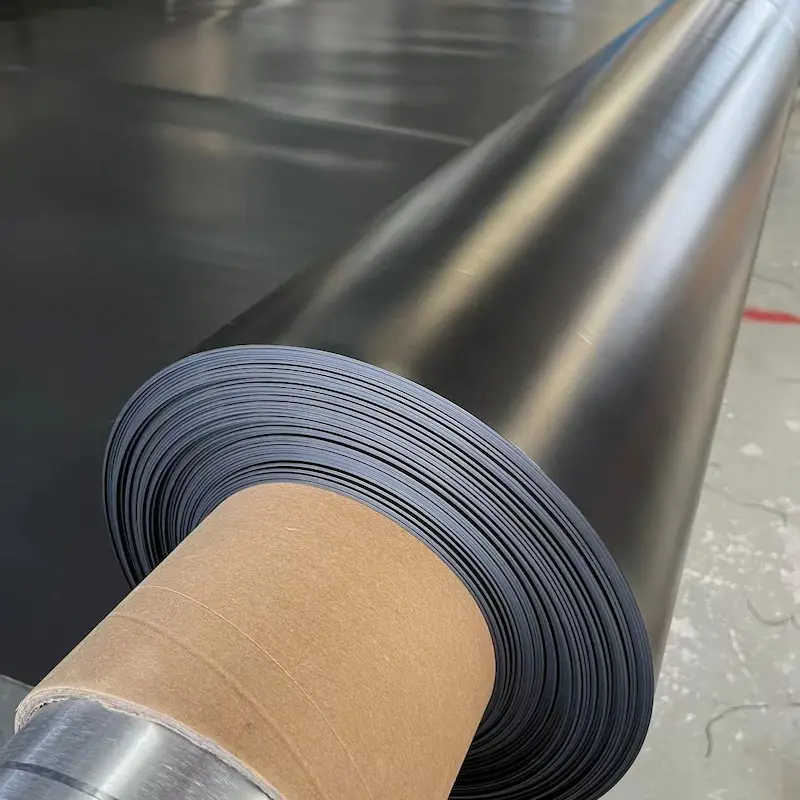
Factors Affecting Geomembrane Prices in Thailand
1. Material Type
The type of geomembrane significantly influences the price. HDPE is generally the most cost-effective, while EPDM tends to be more expensive due to its superior properties.
Material Type | Price Range (THB/m²) | Key Features |
HDPE | 50 – 150 | High chemical resistance, UV stability |
LDPE | 80 – 200 | 80 - 200 |
PVC | 100 – 250 | Flexibility, suitable for complex surfaces |
EPDM | 200 – 400 | Durability, elasticity |
2. Thickness
Geomembranes come in various thicknesses, typically ranging from 0.5mm to 3mm. Thicker materials are more expensive but offer greater durability and strength.
Thickness (mm) | Price Increase (%) |
0.5 | Baseline |
1.0 | +20% |
1.5 | +35% |
2.0 | +50% |
3.0 | +80% |
3. Surface Area and Customization
Larger orders often benefit from bulk pricing. Customizations, such as textured surfaces or prefabricated panels, can also increase costs.
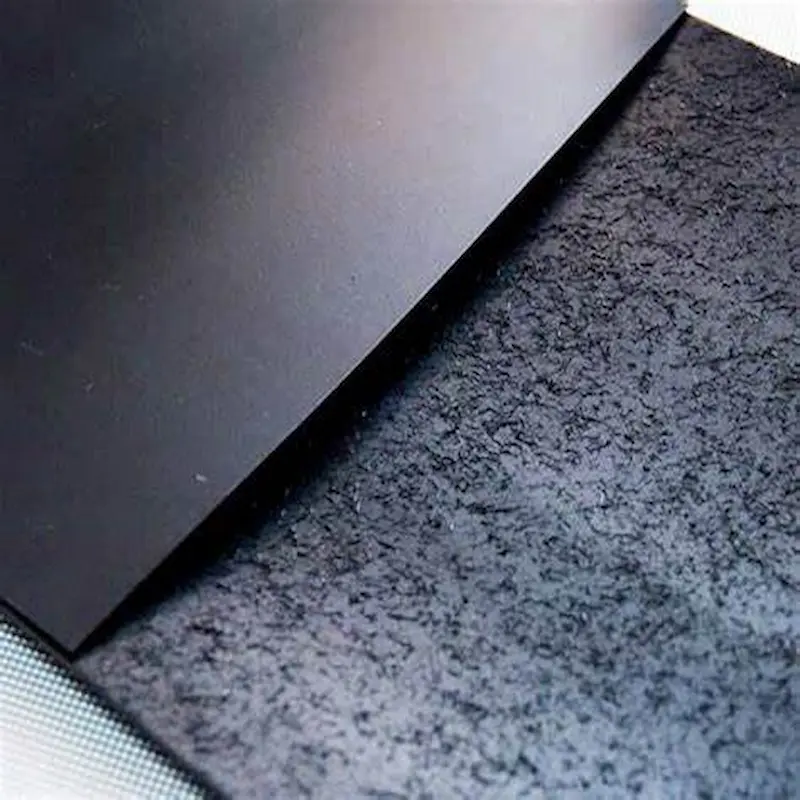
4. Installation and Transportation Costs
In addition to the cost of the geomembrane itself, installation costs must be considered. Geomembrane installation can be a complex process that requires skilled labor and specialized equipment. In Thailand, the cost of installation can vary depending on the complexity of the project and the terrain. For example, lining a large landfill or reservoir will require more time and effort than installing a smaller pond liner.
5. Market Conditions
Prices are influenced by raw material costs, import duties, and exchange rates. Local suppliers may offer competitive pricing compared to international brands.
Average Geomembrane Prices in Thailand
Based on market research, here is an approximate price range for geomembranes in Thailand:
Application | Material Type | Material Type | Price Range (THB/m²) |
Pond Liners | HDPE | 1.0 | 80 - 120 |
Landfill Liners | HDPE | 1.5 | 120 - 180 |
Reservoir Liners | LDPE | 1.0 | 100 - 150 |
Irrigation Canals | PVC | 2.0 | 200 - 300 |
Mining Applications | HDPE | 2.0 | 180 - 250 |
Top Geomembrane Suppliers in Thailand
When purchasing geomembranes, choosing a reliable supplier ensures product quality and compliance with industry standards. Here are some well-known suppliers in Thailand:
1. Thai Global Geosynthetics Co., Ltd.
o Offers a wide range of geomembrane products.
o Competitive pricing for HDPE and LDPE materials.
2. Geotech Engineering Co., Ltd.
o Specializes in installation and custom solutions.
o Known for high-quality PVC and EPDM liners.
3. Siam Environmental Technologies
o Focuses on environmental applications such as landfill liners.
o Provides technical support and after-sales service.
Key Considerations When Purchasing Geomembranes
1. Application Requirements
Different projects require specific material types and thicknesses. For example:
· HDPE is ideal for landfills due to its chemical resistance.
· PVC works well for irrigation canals with complex geometries.
2. Quality Standards
Ensure the geomembranes meet international standards, such as ASTM or ISO certifications. High-quality materials offer better performance and longevity.
3. Installation Expertise
Proper installation is crucial for the effectiveness of geomembranes. Consider suppliers that offer professional installation services.
4. Environmental Factors
Thailand's tropical climate necessitates UV-resistant and durable materials to withstand high temperatures and humidity.
5. Budget
Determine a budget that balances cost and quality. While cheaper options may seem appealing, they can result in higher long-term expenses due to repairs or replacements.
Tips for Cost Optimization
1. Compare Quotes: Request quotes from multiple suppliers to find the best deal.
2. Bulk Purchases: Larger orders often come with discounts.
3. Opt for Local Suppliers: Reduce transportation costs by sourcing locally.
4. Negotiate: Many suppliers are willing to offer discounts for long-term contracts or large projects.
Conclusion
The cost of geomembranes in Thailand varies based on material type, thickness, and application. Understanding these factors helps you make informed decisions and optimize costs. Whether you need geomembranes for agricultural, industrial, or environmental purposes, investing in high-quality materials ensures durability and long-term savings. By carefully evaluating suppliers and product specifications, you can find the right geomembrane solution that meets your project requirements and budget. For expert guidance, consult local suppliers who can provide tailored recommendations and support.
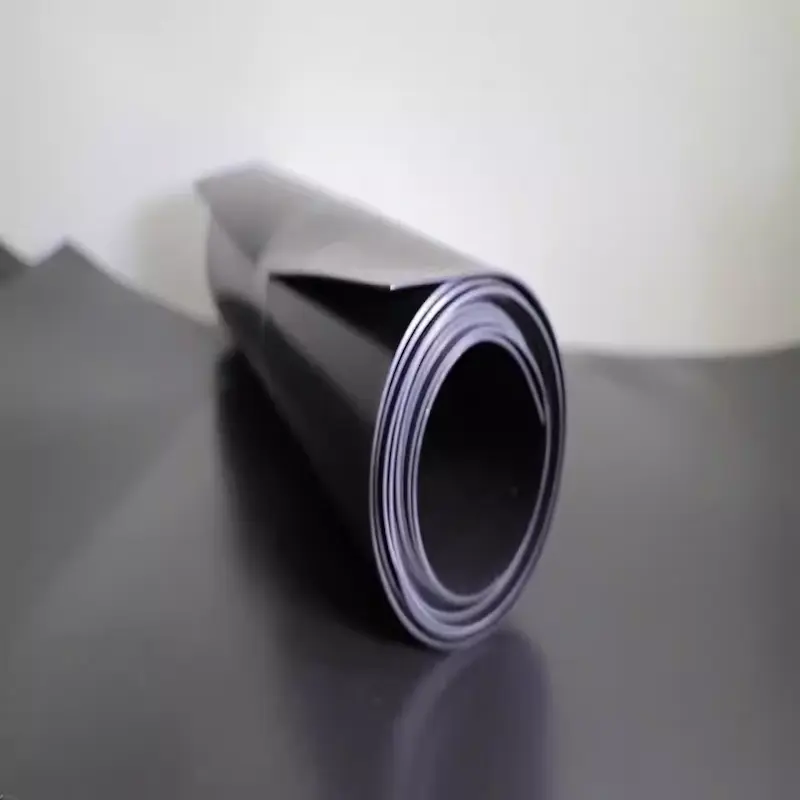
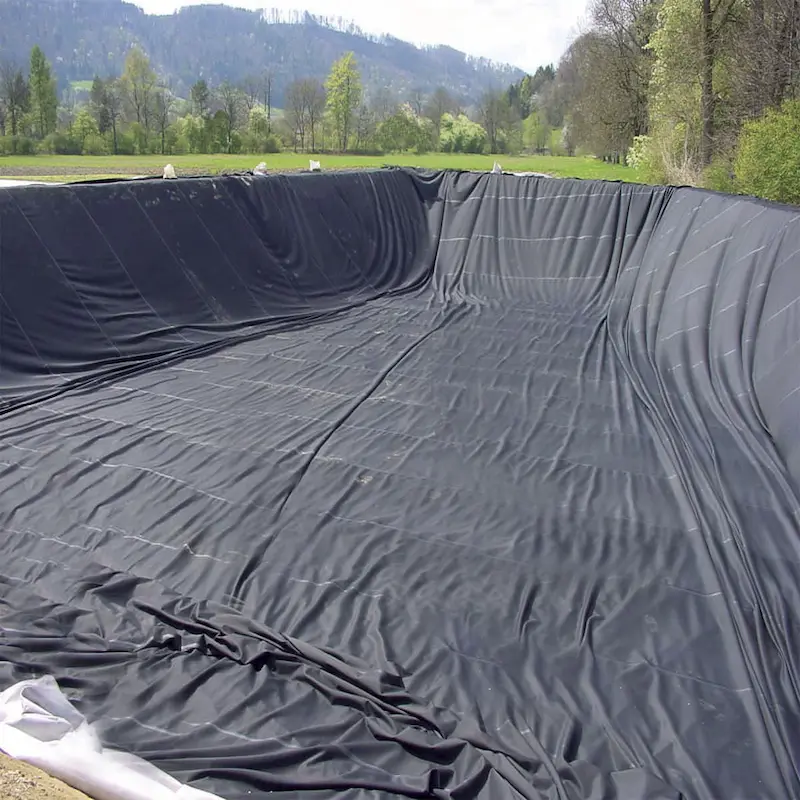
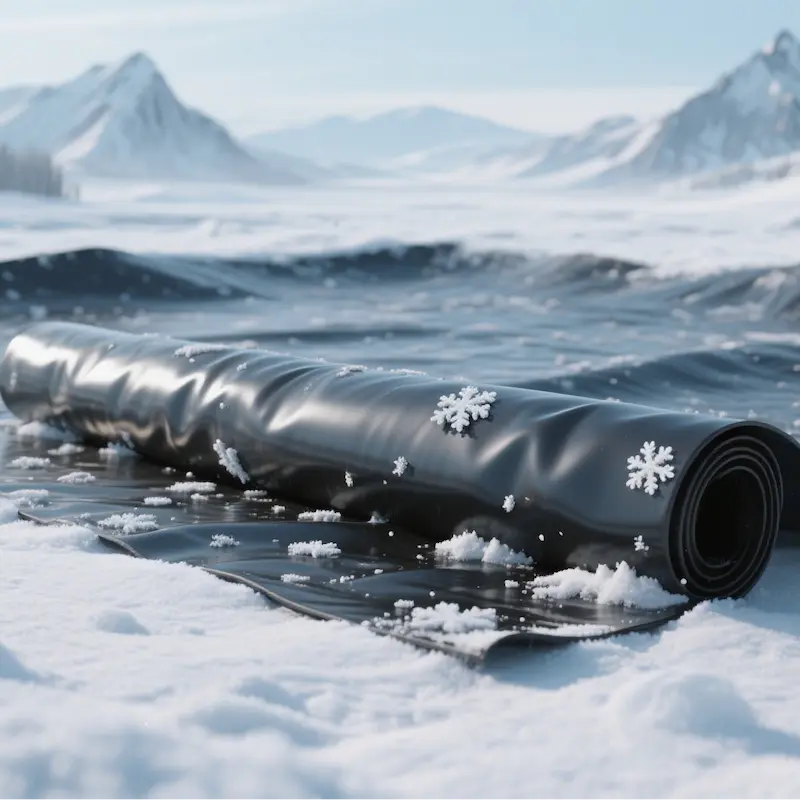
196.webp)
776.webp)